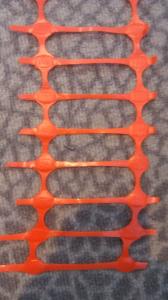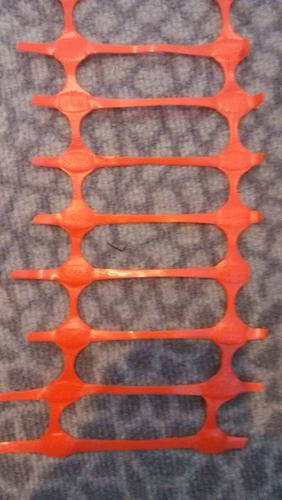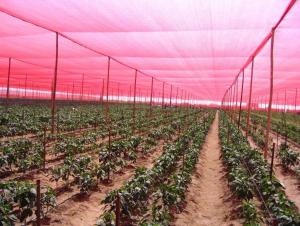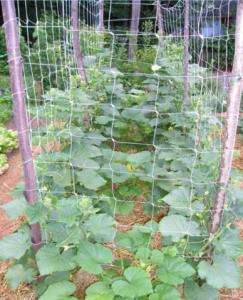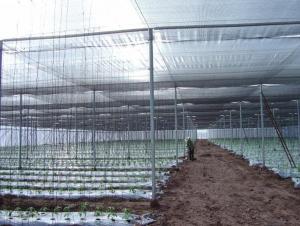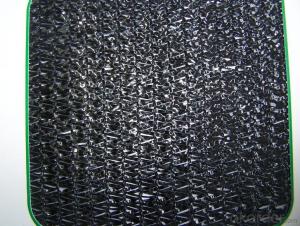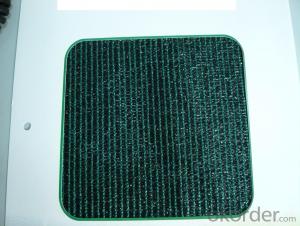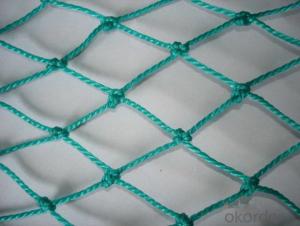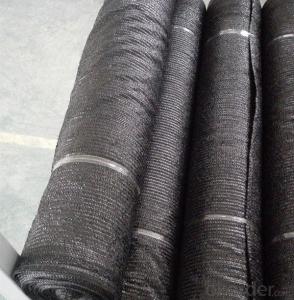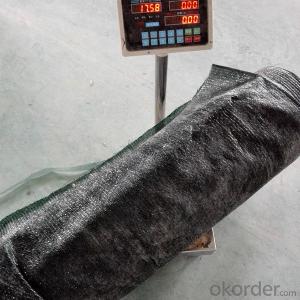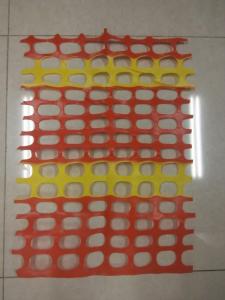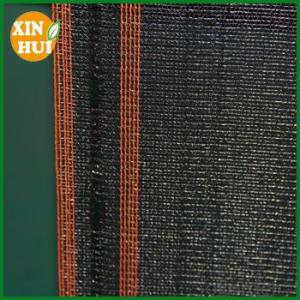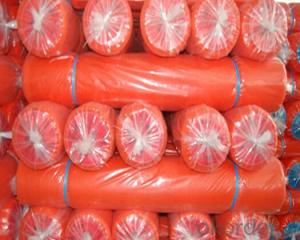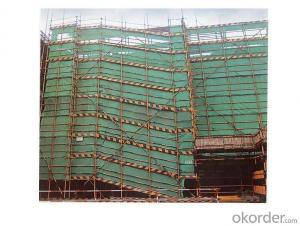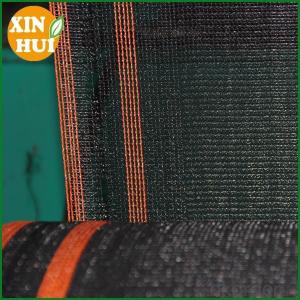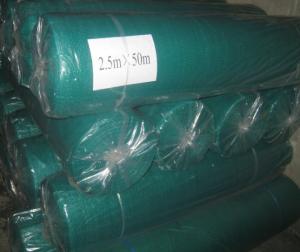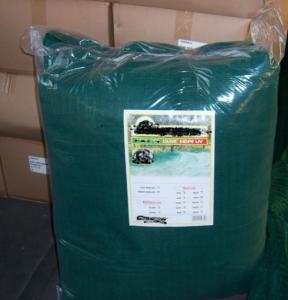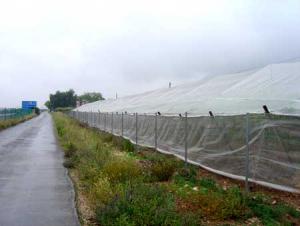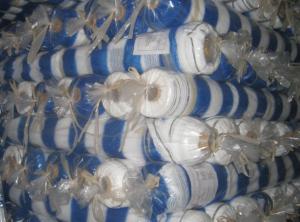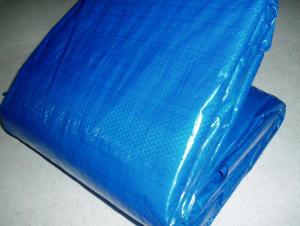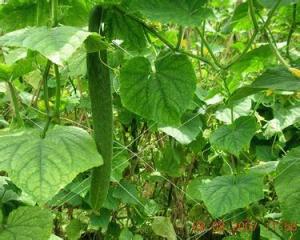Plastic Nets Warning Fence for Construction Safety Net Orange
- Loading Port:
- China Main Port
- Payment Terms:
- TT OR LC
- Min Order Qty:
- -
- Supply Capability:
- -
OKorder Service Pledge
OKorder Financial Service
You Might Also Like
Warning Fence
Introduction:
Warning net is also named as warning barrier, safety fence and snow fence. It adopts PE as major raw material with UV added in manufactured through plasticizing. The main color is orange, designed for warning; it is featured with high strength, ageing resistance, anti-corrosion, softness and portability, and recycles.
Specifications:
Material base fabric | Fabric Weight | Uv. Content | Temperature range |
HDPE | 80gsm up to 200gsm Standard weight: 100gsm, 110gsm, 120gsm, 140gsm, 160gsm | 0.3% or 0.5% | -40 ~ +80oC |
Width: 1m, 1.8m,
Length: 50m, 100m
Color: Orange, Yellow, Green,
Applications:
- Temporary safety fence
- As a barrier to separate spectators from the participants in sports events
- High-way safety, construction safety, industrial filter, environmental protection, groundwork disposal
- Q: Are plastic nets commonly used in the medical field?
- No, plastic nets are not commonly used in the medical field.
- Q: Are plastic nets resistant to chemical degradation?
- Yes, plastic nets are generally resistant to chemical degradation.
- Q: Are plastic nets suitable for beekeeping?
- No, plastic nets are not suitable for beekeeping. Bees can get trapped and entangled in the small openings of the net, leading to injury or death. Additionally, plastic materials can also contribute to the accumulation of static electricity, which can further harm bees. It is recommended to use natural materials, such as wire or mesh made from metal, for beekeeping purposes.
- Q: How do plastic nets compare to natural fiber nets?
- Plastic nets are generally more durable and resistant to decay compared to natural fiber nets. They are also more affordable and easier to clean. However, natural fiber nets are biodegradable and have less impact on the environment. Ultimately, the choice between the two depends on the specific requirements and priorities of the user.
- Q: How are plastic nets used in the fishing industry?
- Plastic nets are commonly used in the fishing industry for various purposes such as catching fish, trapping or containing them, and ensuring the safety of fishing gear. These nets are specifically designed to be lightweight, durable, and resistant to water, making them ideal for commercial fishing operations.
- Q: Can plastic nets be used for creating animal cages?
- Yes, plastic nets can be used for creating animal cages. Plastic nets are lightweight, durable, and resistant to corrosion, making them suitable for containing and protecting animals in captivity. They provide ventilation and visibility, allowing for proper airflow and observation of the animals. Additionally, plastic nets can be easily cleaned and sanitized, making them a practical choice for animal enclosures.
- Q: Can plastic nets be used for packaging textiles?
- Yes, plastic nets can be used for packaging textiles. These nets provide a protective barrier and help to keep the textiles safe during transportation and storage. Additionally, the open mesh design of plastic nets allows for ventilation, preventing moisture build-up and maintaining the quality of the textiles.
- Q: Are plastic nets flame retardant?
- No, plastic nets are not typically flame retardant.
- Q: Can plastic nets be used for packaging automotive parts?
- Yes, plastic nets can be used for packaging automotive parts. They provide a lightweight and protective covering, ensuring the parts are secure during transportation and storage. Additionally, plastic nets allow for visibility and ventilation, which can be beneficial for certain automotive components.
- Q: Are plastic nets suitable for use in bee hives?
- No, plastic nets are not suitable for use in bee hives. Bees require natural materials, such as wood or straw, to build their honeycombs and maintain a healthy hive environment. Plastic nets can disrupt their natural behavior and potentially harm the bees.
Send your message to us
Plastic Nets Warning Fence for Construction Safety Net Orange
- Loading Port:
- China Main Port
- Payment Terms:
- TT OR LC
- Min Order Qty:
- -
- Supply Capability:
- -
OKorder Service Pledge
OKorder Financial Service
Similar products
Hot products
Hot Searches
Related keywords
